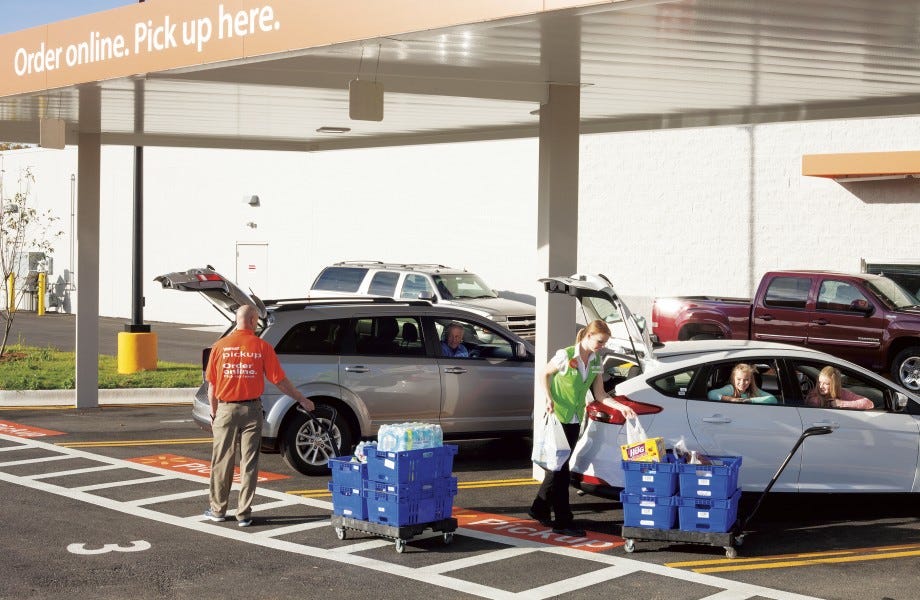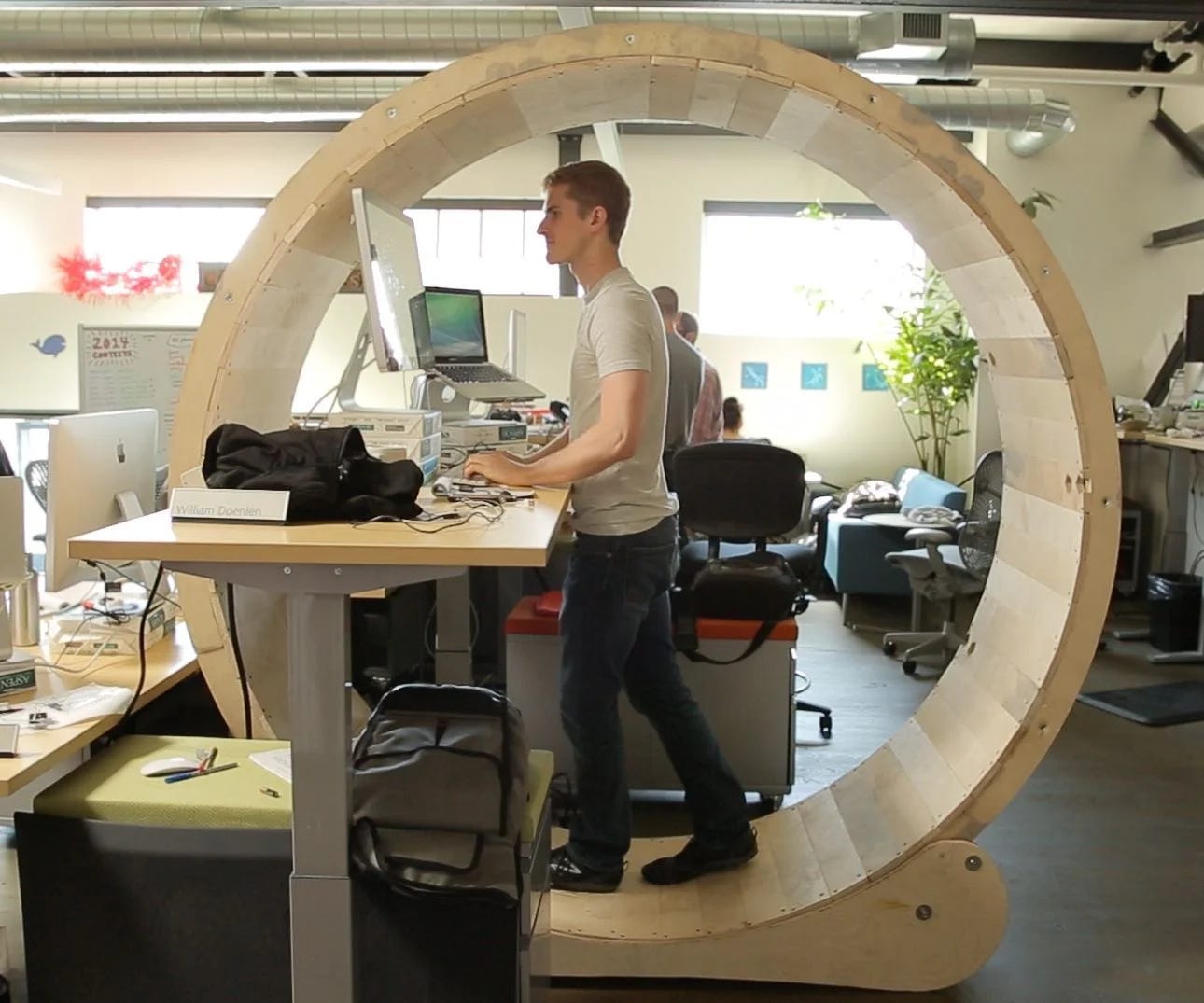How Fast Became Normal: Part 2
Let's start with 'social acceleration'
In last week’s dissertation post, I ended with the question: How did fast become “normal” in modern consumer culture? (And how does something become “normal” anyway?)
Answering this question requires laying some theoretical groundwork. Before I get to the meat of my research in this essay (analyzing hundreds of advertisements and products released during the 20th century in the US and their normalizing messages regarding ‘time’), we’ll cover:
the phenomenon of ‘social acceleration’ - what contributes to the feeling that life is getting faster and faster as the years tick on?
previous research on ‘time’, especially as it pertains to consumer culture
how ‘cultural myths’ help normalize and pass down certain beliefs in a culture - including a brief history of the idea that “time is money”
the methodological foundation of semiotics and visual analysis - this will help us decode advertisements and products that helped normalize the belief that ‘time’ is a resource to be managed efficiently and speedily in US consumer culture
I’ll break each of these sections into separate posts. As always, the full dissertation is available here if you’d like to view in entirety. However, I will be doing some light editing as I share on substack for increased readability.
Oh, and for the pictures :)
Alright, let’s jump in with SOCIAL ACCELERATION.
(I also made a tiktok video that roughly covers the below text if that’s more your cup of tea.)
Social acceleration is a sociological theory (Rosa, 2013) that examines how modernity is in a state of constant acceleration, or speeding up.
This theory argues that there are three motors of society that work together to accelerate the whole of society:
Technological advancement (the introduction of new technologies increases the temporality of the social sphere)
The rate of social change (public opinion on major issues changes more quickly in the modern world than it did in the past)
The pace of everyday life (the demands of our modern, everyday life require a more rapid cadence than before)
Typically, each motor of social acceleration propels the next.
To illustrate Rosa’s social acceleration using a historical example, consider the widespread production and distribution of Henry Ford’s Model T automobile in the early 1990s (a technological advancement). This new invention propelled the migration of populations from urban centers to the now more accessible rural ones (a social change) which in turn created an opportunity for mass-market retailers such as Walmart to open and operate one-stop shopping centers in rural towns, thus reducing the time spent shopping for any given American family (contributing to an accelerated pace of everyday life).
Then, as the pace of everyday life quickens, the need for new technologies to “keep up” with an increased pace of life also increases, driving a collective desire for and investment in new technologies. For example, as consumer expectations for a speedy shopping trip accelerate, so too will technological advancements (such as advanced supply chain infrastructure that allows for grocery pickup and delivery within a certain number of hours) in order to “keep up” with consumer demand.
And thus, the motors of social acceleration continue to propel.

The phenomenon of social acceleration is one that hides in the everyday fabric of culture. Popular authors such as James Gleick (Faster; Time Travel), Carl Honoré (In Praise of Slowness), and Thomas Friedman (Thank You for Being Late) have written extensively on the phenomenon, providing several examples of how a hastened social temporality has trickled into all corners of life. But you don’t need to read a book to feel that life has seemingly increased its pace since the time you were born. This is a phenomenon that we deeply feel in our daily experiences. (Where are you noticing acceleration in your life?)
But while social acceleration seems to be the norm, our society’s modus operandi, so to say - it is not without resistance.
There are (at least) five types of inertia that can provide resistance to such relentless forward motion:
Islands of deceleration - These are areas of society that exist almost entirely outside of the dominant temporal logic. For example, Amish communities and other isolated groups function within the confines of a unique temporal logic.)
Slowdown as an unattended consequence of social acceleration - An example of this would be a traffic gridlock as a result of accelerated development, or an individual experiencing a panic attack as a result of overwork.
Deceleration as ideology - The Slow Food Movement and the Voluntary Simplicity movement are examples of this type of inertia.
Slowdown as an acceleration strategy - For example, a busy executive may meditate before work in order to be more focused and productive later.
Cultural rigidity and friction - This is especially pertinent in a globalized world, where business is dealt with across cultures and differing perceptions of time may provide obstacles to productivity and acceleration.
Each of these types of inertia do little to prevent the forward momentum of society’s constant acceleration at a macro level, however. Social acceleration is so deeply rooted as a norm, a way of life, that it resists change and outweighs any fringe impact that inertia may have.
Thus, our modern world experiences dynamization, or an ever-increasing pace of life. And as individuals, we are pushed to operate in a state of frenetic movement to match the demands of this external environment.
I don’t know about you, but I often experience extreme dissonance with (and displeasure from) the dominant temporal logic of modern society.
The question is… knowing all of this about social acceleration… what can we do about it?
—
Every Tuesday I post a short excerpt from my dissertation which explores the phenomenon of social acceleration and consumer culture.





